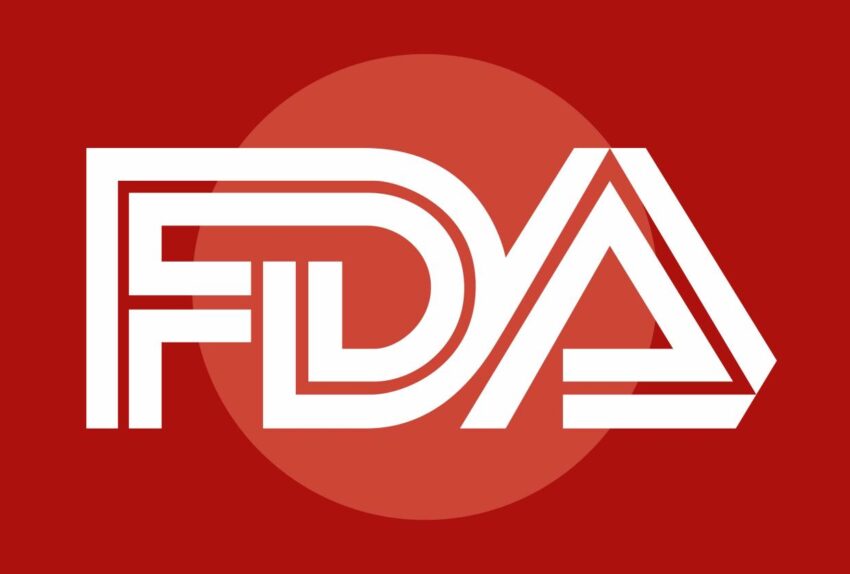The Food and Drug Administration may soon ban artificial dye Red No. 3,
thanks to the work of many public health advocates and lobbyists. The petroleum-based dye, found in thousands of products, including candies, snacks and sodas, has been linked to thyroid cancer in rats and behavioral issues in children.
The FDA has been considering the ban since 2022 and is expected to announce a decision any day. Growing concerns about the dye have already led the state of California to ban it, a law that will take effect in 2027. In addition, Red Dye No. 3 has been banned or severely restricted in many countries including Japan, China and the European Union.
Since its approval for use in food in 1969, the FDA has reviewed the dye several times to ensure it met the agency’s safety requirements. Despite this, the administration did ban the substance in 1990 for cosmetic use and for the application of medical ointments. The FDA has since concluded that Red No. 3 is safe in amounts used in food.
Some scientists disagree. Research has shown that children who drank juices containing food dyes experienced a small but significant increase in hyperactivity based on parental reports. In addition, decade-old studies demonstrated Red No. 3 could cause thyroid cancer in laboratory rats.
Banning Red No. 3 could have very positive effects on public health. First, it could directly address and reduce the risk of health issues associated with dyes in food. Removing the dye from food would eliminate exposure of a substance with potential carcinogenic and harmful behavioral effects on children, who are disproportionately exposed to it through bright-colored snacks and candies.
Red No. 3 has no health benefits. It is placed in food largely to market products and make them more aesthetically appealing to children, who in turn push parents to purchase them. Why should the FDA and the public take a risk on a dye if there are other alternatives like natural colorants that are considered safe? Critics of the ban have felt that the data of the health risks at levels used in food are not compelling enough to force companies to make the change. The question still remains, why take such a risk when considering the health and well-being of children?
Taking Red No. 3 off grocery store shelves could also promote the production and investment in natural alternatives, like paprika or beet juice. This would force food manufacturing companies to innovate their products and promote better health. These alternatives come with added nutritional benefits and fewer health risks. As an example, paprika is known to have antioxidant and anti-inflammatory properties.
A future ban on artificial dyes would also invariably heighten awareness on the importance of food and its interplay with health. This could raise consumer awareness about synthetic foods and possible health risks. People may be encouraged to look more carefully at food labels and ingredients before purchasing food items. The end result could be increased consciousness and awareness of what we put into our bodies, which is critical in preventing chronic medical conditions such as obesity and diabetes, which have been soaring in America and globally.
A potential Red No. 3 ban from the FDA would prioritize public health over consumer marketing. The dye is known for its bright red color and lower cost. Replacing it would help safeguard the health and well-being of our children, as well as improving the safety and transparency of the U.S. food supply.
The Trump administration under the leadership of Robert F. Kennedy Jr. hopes to examine food more carefully and assess the safety of many different potentially harmful substances. The FDA ban could also foreshadow what is to come in the next four years in America, signaling a shift towards a more precautionary approach to food safety.
Ultimately, a potential ban on Red No. 3 would move the needle forward of prioritizing long-term public health over short-term marketing convenience.

